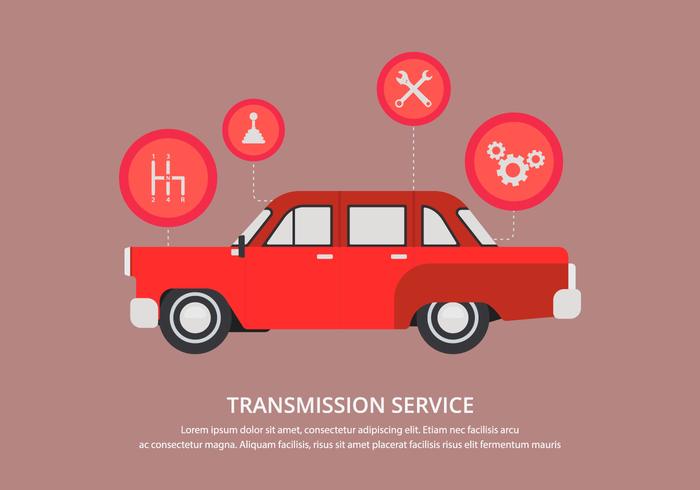A Novice'S Handbook For Interpreting Your Auto'S Alert Lights
A Novice'S Handbook For Interpreting Your Auto'S Alert Lights
Blog Article
Article Author-Udsen Kruse
When you're behind the wheel, those little caution lights on your vehicle's control panel can be fairly difficult. What do they mean, and should you be worried? Recognizing these signals is vital for your lorry's well-being, but it does not need to be a challenging job. By translating the enigma behind each light, you'll be geared up to manage prospective issues effectively and maintain your auto running smoothly. So, following time a caution light flashes, do not panic - arm yourself with understanding and take control of the situation.
Importance of Auto Warning Lights
Comprehending the significance of your automobile's warning lights is critical for preserving your car's health and wellness. These lights serve as your cars and truck's interaction system, signaling you to potential concerns that might jeopardize your safety when traveling or result in costly repair services if neglected. By paying attention to these cautions, you can address troubles early and prevent more damage to your car.
Ignoring advising lights can cause significant repercussions, such as engine failing, brake malfunctions, and even mishaps. These lights are developed to notify you of problems ranging from low tire pressure to engine malfunctions, providing you the possibility to do something about it before the circumstance worsens. Regularly checking and recognizing recommended can conserve you time, money, and ensure your safety while driving.
In addition to keeping you safe, responding immediately to advising lights can also aid prolong the life-span of your vehicle. By dealing with problems at an early stage, you can stop small issues from rising right into major repairs, eventually conserving you time and money over time. Remember, your vehicle's caution lights are there for a reason - don't neglect them!
Common Warning Lights and Meanings
When it concerns driving your vehicle, recognizing typical caution lights and their definitions is necessary for your safety and automobile maintenance. Below are a couple of typical warning lights you may experience:
1. ** Examine Engine Light **: This light indicates a concern with your engine. Maybe something small like a loosened gas cap or something a lot more serious like engine misfiring.
2. ** Battery Light **: This light signals a problem with your automobile's charging system. It could show a faulty battery, generator, or other associated components.
3. ** Oil Stress Light **: When this light comes on, it implies your engine may be running low on oil or experiencing low oil pressure, which can lead to engine damages if not dealt with promptly.
4. ** Brake System Light **: This light shows an issue with your stopping system. It might suggest low brake liquid degrees or a problem with the brake system that calls for prompt interest.
Recognizing these usual warning lights will certainly help you determine possible issues beforehand and prevent even more substantial troubles down the road.
How to Respond to Warning Lighting
On the occasion that a caution light brightens on your vehicle's dashboard, it's critical to react quickly and properly. When a warning light begins, the initial step is to consult your proprietor's guidebook to comprehend the particular concern shown by the light.
Some lights call for instant attention, while others might indicate a much less urgent issue. If just click the next article is red or blinking, it's normally an indication of a significant problem that needs prompt activity. In such situations, it's advisable to pull over securely, shut off the engine, and look for expert assistance.
For yellow or orange warning lights, while they might not require immediate interest, it's still crucial to attend to the hidden problem immediately to prevent further damages. Regular upkeep and evaluation can assist stop cautioning lights from beginning unexpectedly.
Conclusion
Finally, recognizing your cars and truck's warning lights is crucial for maintaining your automobile's health and wellness. By regularly checking and responding to these warnings, you can attend to prospective problems early and avoid costly fixings or safety risks. Remember to consult your owner's guidebook for details on various warning lights and constantly take immediate action for red or flashing lights. Keep aggressive and maintain your cars and truck running efficiently!
